Sportswear logos, intimate portraits and a curled-up cat: Elizabeth Radcliffe’s beguiling tapestries go on show in New York
At Scottish artist Elizabeth Radcliffe's first US exhibition, a series exploring identity through branding is among works at Tribeca gallery Margot Samel
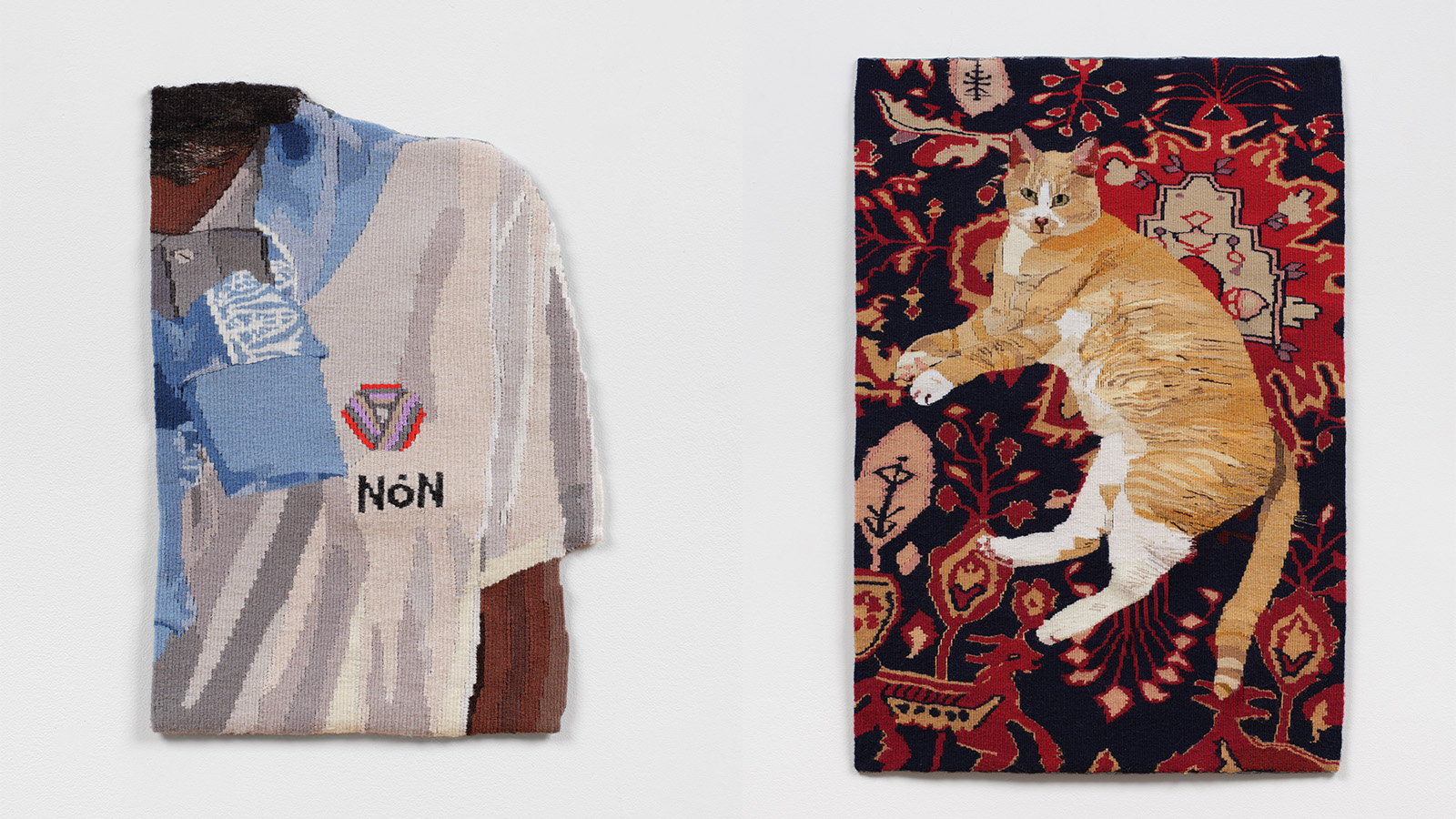
Since the early days of military regalia, displays of social standing have adorned a specific part of the body: the left breast. Emblems and medals were worn over this spot because – for left-to-right readers – that’s where our gaze tends to land. Modern brands have continued this attention-grabbing tradition, and commonly opt to position their logos on garments in the same place, which also happens to be over the heart. Brand affiliation immediately presents to others something about who we are (or who we aspire to be), and logos have therefore become intrinsically linked with identity and self-expression. So the left breast is effectively prime advertising real-estate for ourselves.
Elizabeth Radcliffe’s beguiling tapestries
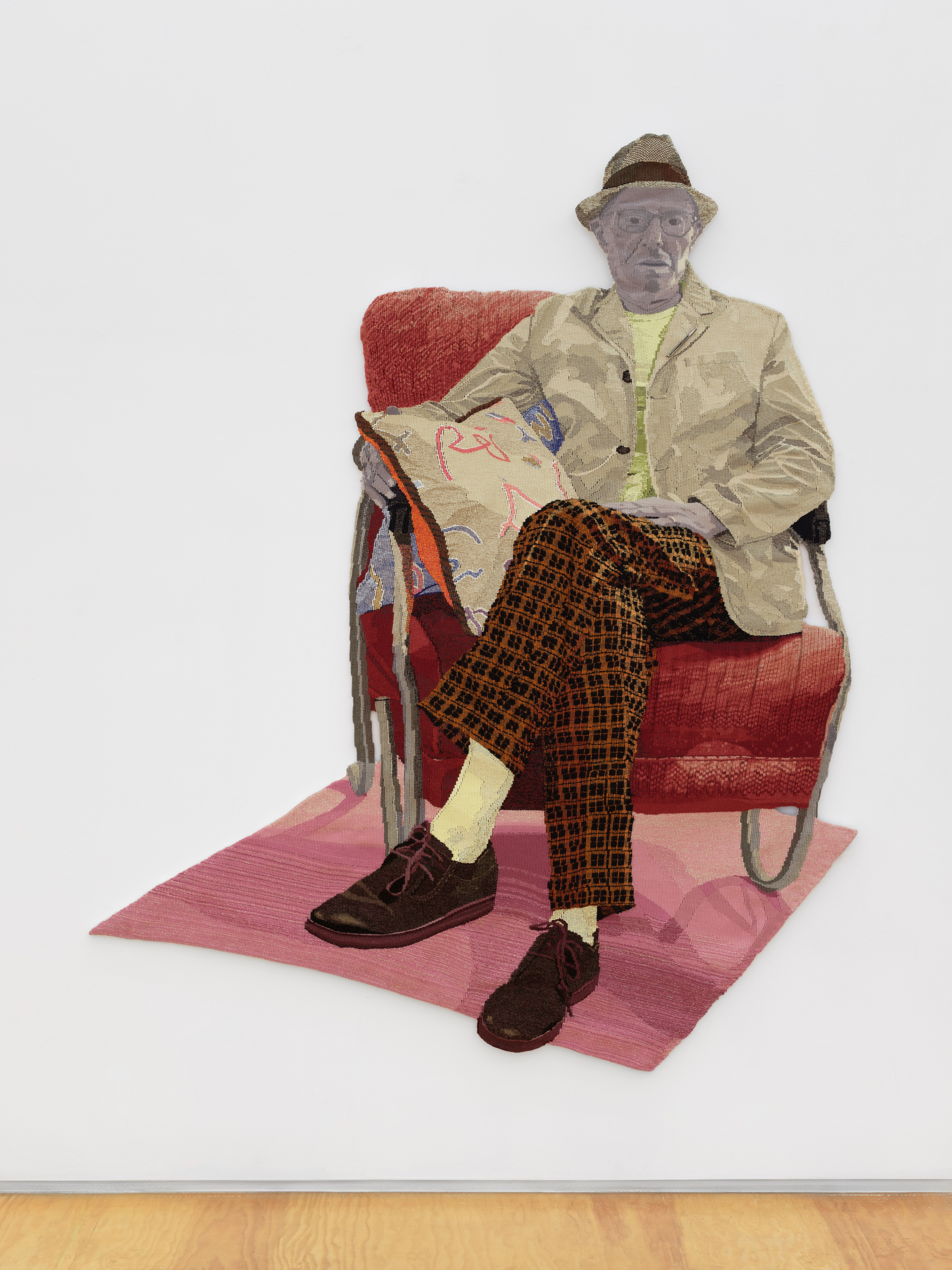
Elizabeth Radcliffe, Marc Camille, 2017
It’s this phenomenon that Scottish artist Elizabeth Radcliffe explores via a series of tapestries that hone in on this area of the body, depicting the logos and wordmarks of apparel brands upon their wearer – but without giving away anything else about them. She renders the same 17.7in by 11.4in corner of the body – from neck to ribs; breastbone to shoulder – through the ancient artform of wool weaving, showing contemporary cultural signifiers through a medium more commonly associated with the medieval period.
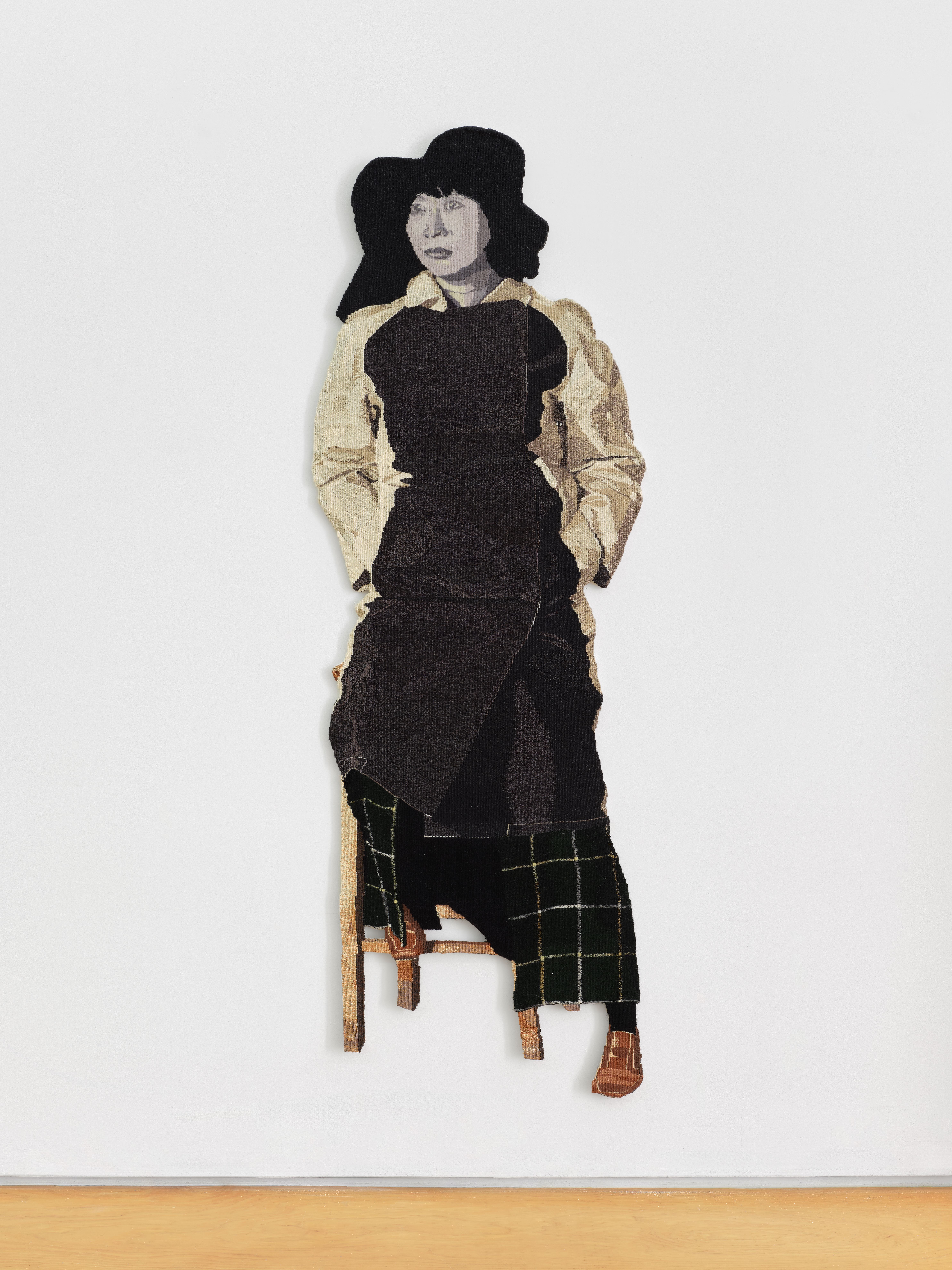
Elizabeth Radcliffe, Youngjoo, 2014
Radcliffe’s inquiry into the significance of branded attire began four decades ago with waxed motorcycle jackets and workwear, but has recently shifted to tennis apparel, recognising activewear’s rise to cultural dominance as the preferred vessel of self-expression for younger generations. 'In each, a garment points to the sartorial sensibility of its wearer, and provides a set of material conditions that form the basis of Radcliffe’s inquiry,' says a statement from New York gallery Margot Samel, which is hosting a solo exhibition of the artist’s work at its space in Tribeca – her first in the US, and which conveniently opened during the US Open tennis competition.

Elizabeth Radcliffe, Marta in Balmain, 2024
Radcliffe’s tapestries are mounted on the gallery’s stark white walls, extrapolated from any context for examination in a neutral, abstract setting. Each of the pieces that depict iconic tennis wear, including a Lacoste polo shirt with its stylised crocodile, are presented widely spaced apart in a row at the approximate height they would be on the wearer. The older works are hung opposite, also side by side, allowing the viewer to draw immediate comparisons between them. All show the pleats of fabric, the buttons, zippers, stitching and the logos themselves in realistic detail, and are strikingly different in colour.
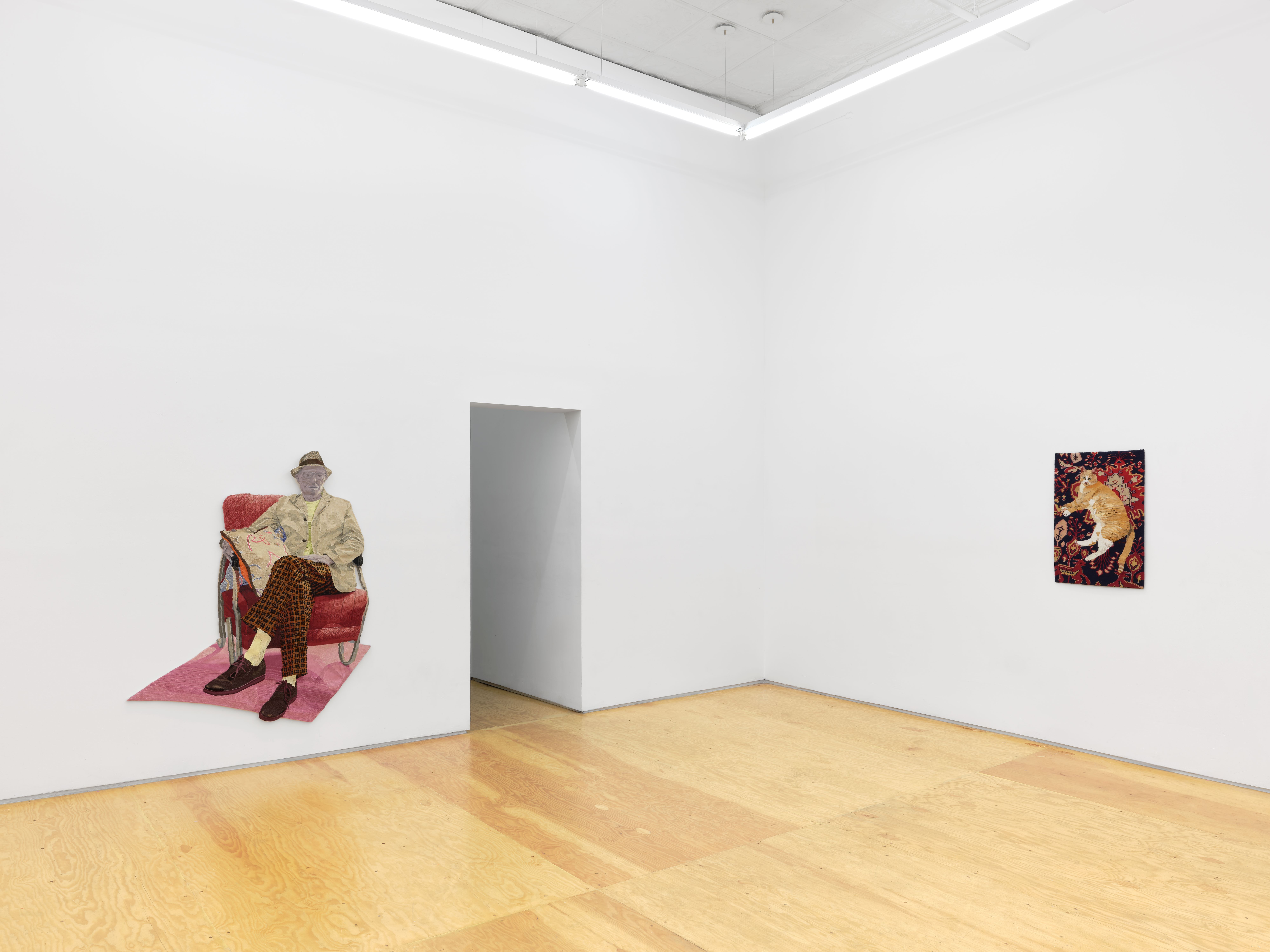
Installation view, Elizabeth Radcliffe at Margot Samel, New York
The exhibition also includes other works by Radcliffe in the same medium. Two larger tapestries display full figures, both seated and with their faces identifiable. The first is a portrait from 2015 of fellow Edinburgh-based artist Marc Camille-Chaimowicz, relaxed in an armchair and wearing a fedora and chequered trousers. His casual cross-legged pose and the warm red and beige palette contrast with the other full portrait, created in 2012 and depicting artist Youngjoo Yoo, who is perched somewhat uncomfortably on a stool and rendering primarily in dark grey and desaturated hues. Both silhouettes are mounted off the ground, suspended against the sea of white, again removing their original context, in order to be examined without distraction.
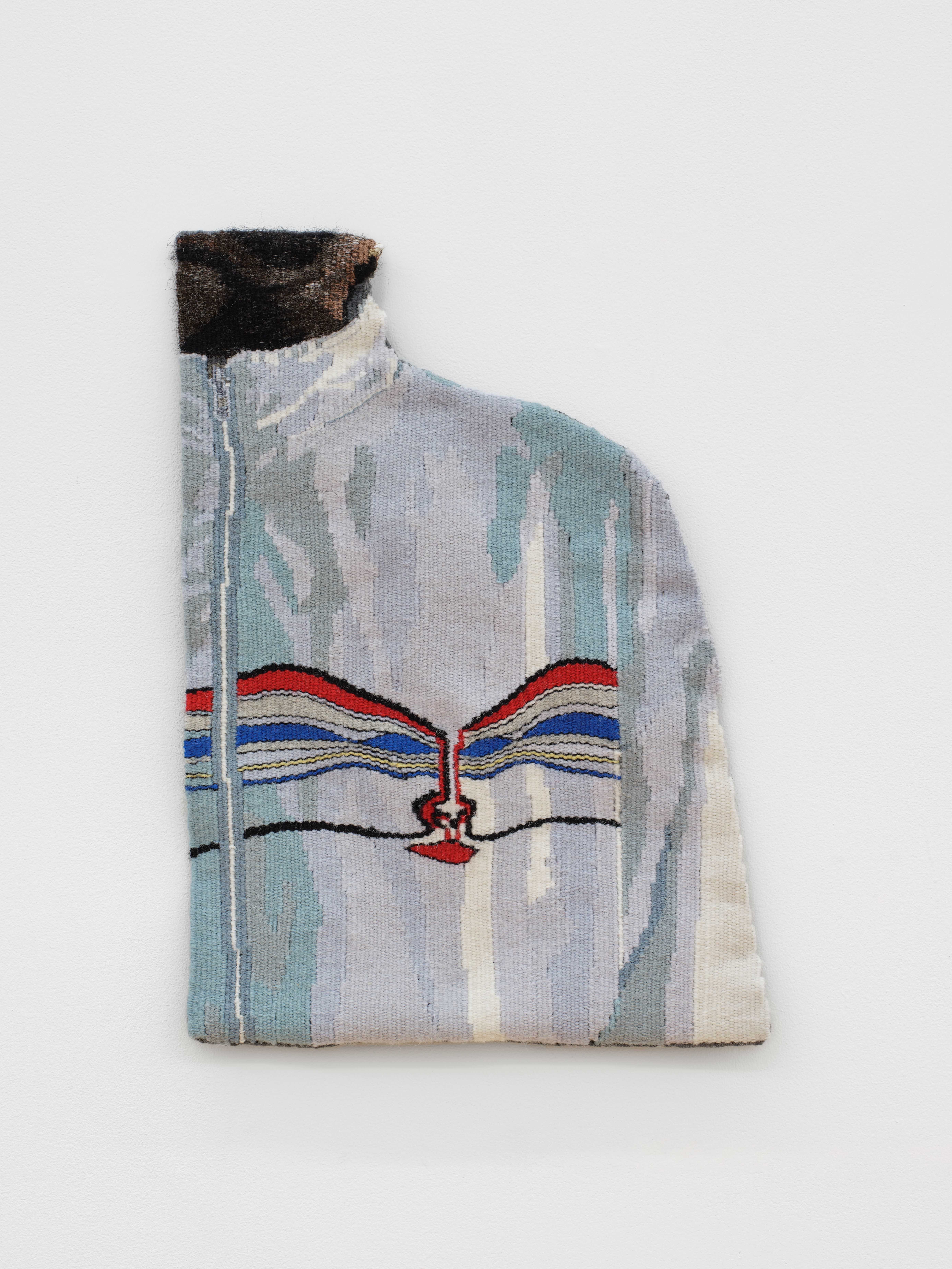
Elizabeth Radcliffe, Philly in Ivan Lendl for Adidas, 2024
Finally, another new work shows a cat laid on a vintage patterned rug, linking back to the common association between domesticity and traditions like weaving, a theme that recurs in Radcliffe’s work – in some cases more blatantly than others.
It’s notable that each of the tapestries requires hundreds of hours of studied, repetitive weaving to complete; they serve as acts of dedication that memorialise moments in her life, as well as in wider culture. Also striking is Radcliffe’s application of trompe l’oeil effects through intricate craftwork, giving her pieces a weird presence – evoking both a humorous and a slightly eerie feeling when you view them in the flesh. ‘Meticulously picturing the world using the interplay of the warp and the weft serves as a way of elevating it, but is also a means of signalling ownership of one’s own time,' the gallery says.
Receive our daily digest of inspiration, escapism and design stories from around the world direct to your inbox.
Elizabeth Radcliffe's exhibition runs until 12 October 2024 at Margot Samel, New York
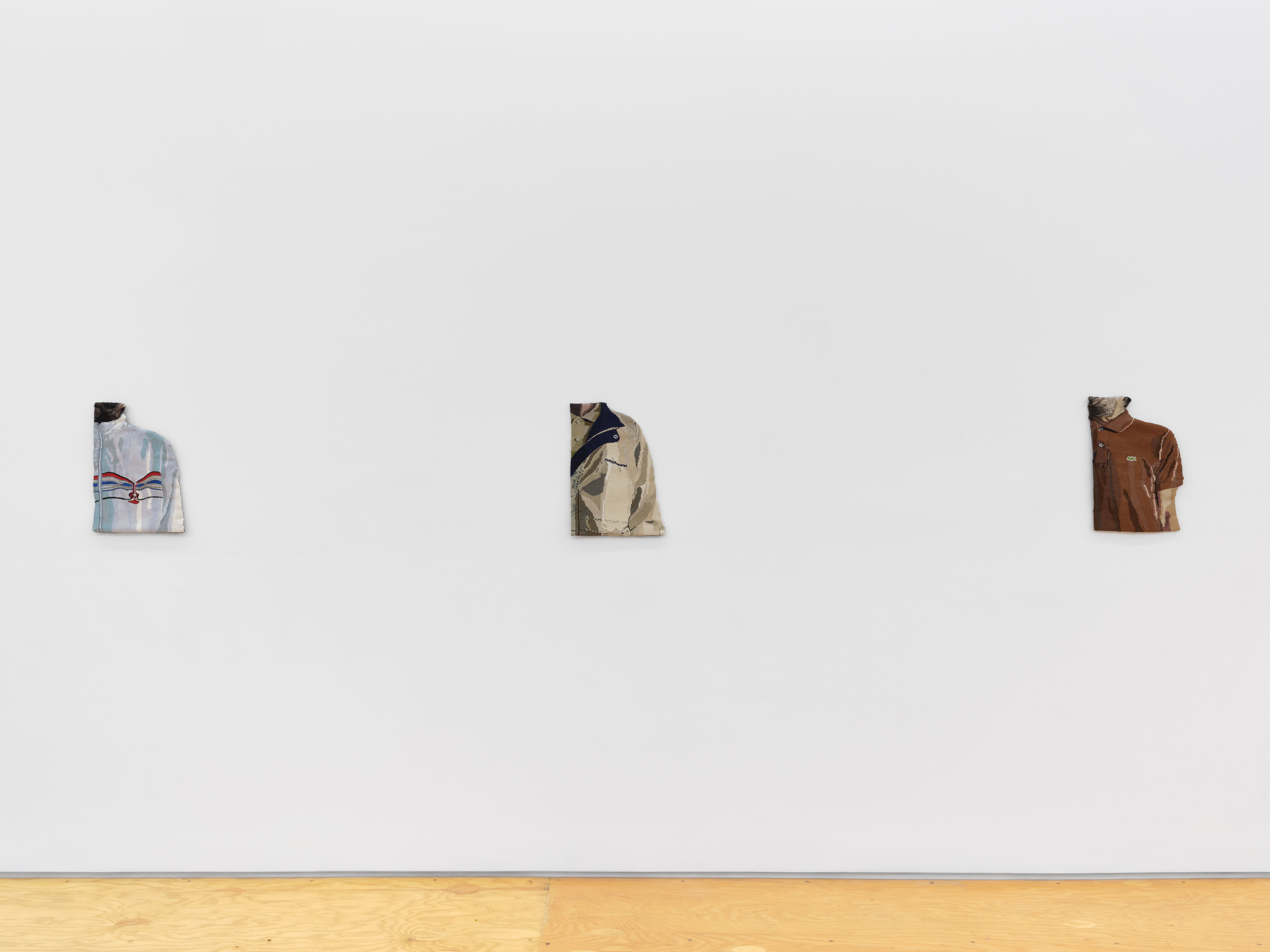
Dan Howarth is a British design and lifestyle writer, editor, and consultant based in New York City. He works as an editorial, branding, and communications advisor for creative companies, with past and current clients including Kelly Wearstler, Condé Nast, and BMW Group, and he regularly writes for titles including Architectural Digest, Interior Design, Sight Unseen, and Dezeen, where he previously oversaw the online magazine’s U.S. operations. Dan has contributed to design books The House of Glam (Gestalten, 2019), Carpenters Workshop Gallery (Rizzoli, 2018), and Magdalena Keck: Pied-À-Terre (Glitterati, 2017). His writing has also featured in publications such as Departures, Farfetch, FastCompany, The Independent, and Cultured, and he curated a digital exhibition for Google Cultural Institute in 2017.
-
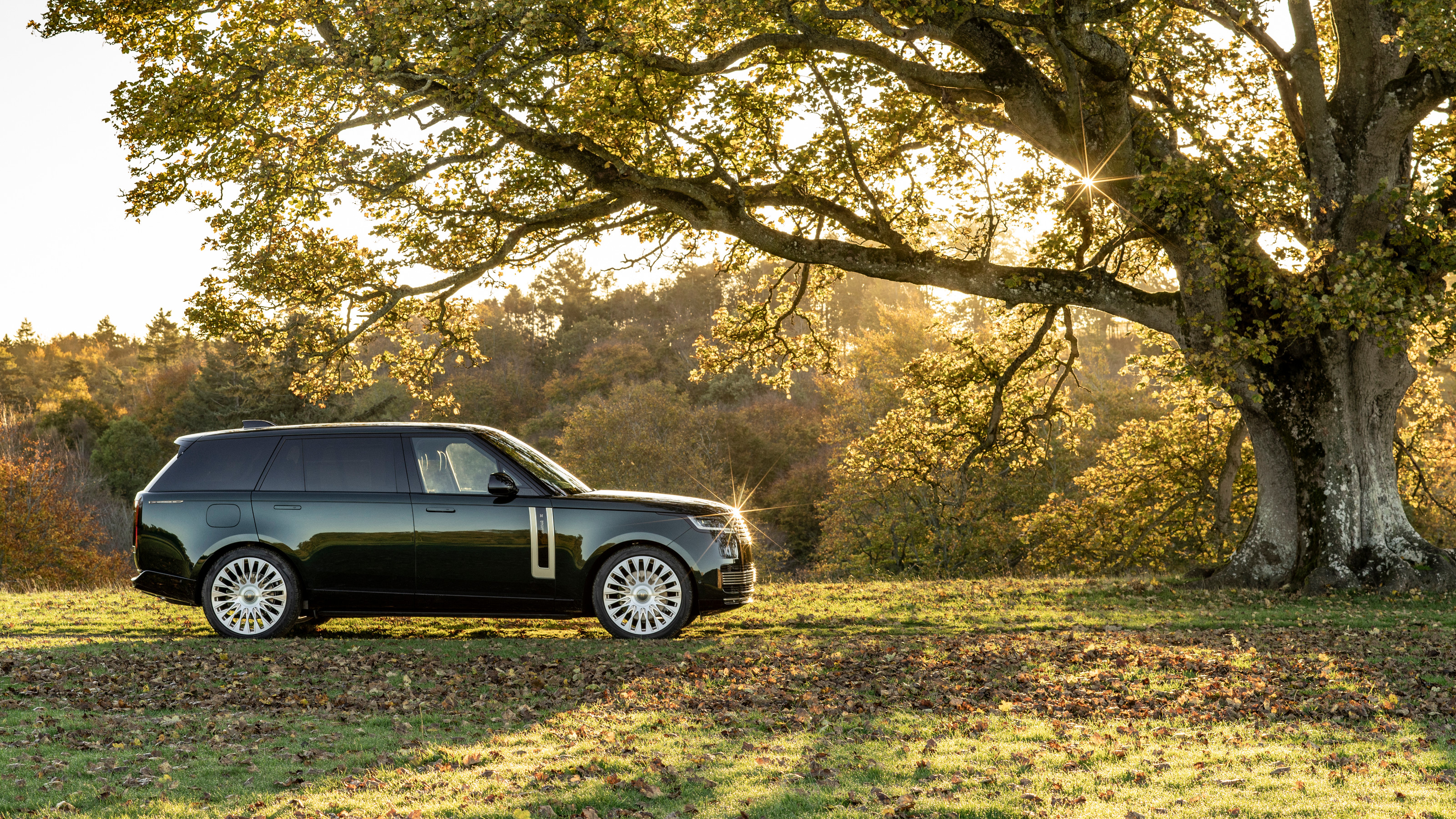 Holland & Holland's Range Rover is outstanding in its field: shoot the breeze in style
Holland & Holland's Range Rover is outstanding in its field: shoot the breeze in styleCan you spare half a million pounds for a glorified four-wheeled gun cabinet? If so, the Range Rover Holland & Holland Edition by Overfinch might be the perfect fit
-
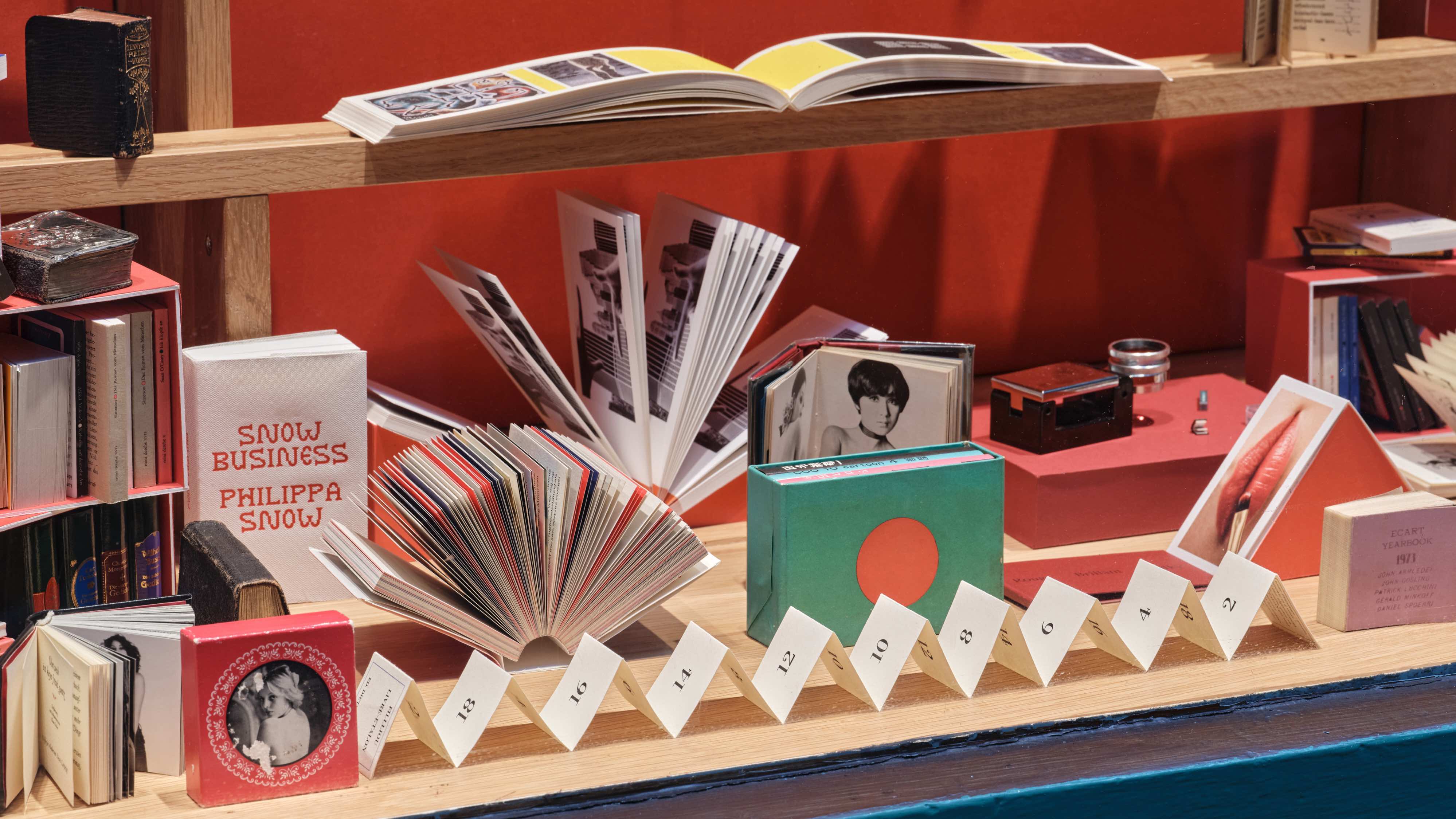 Veronica Ditting’s collection of tiny tomes is a big draw at London's Tenderbooks
Veronica Ditting’s collection of tiny tomes is a big draw at London's TenderbooksAt London bookshop Tenderbooks, 'Small Print' is an exhibition by creative director Veronica Ditting that explores and celebrates the appeal of books that fit in the palm of your hand
-
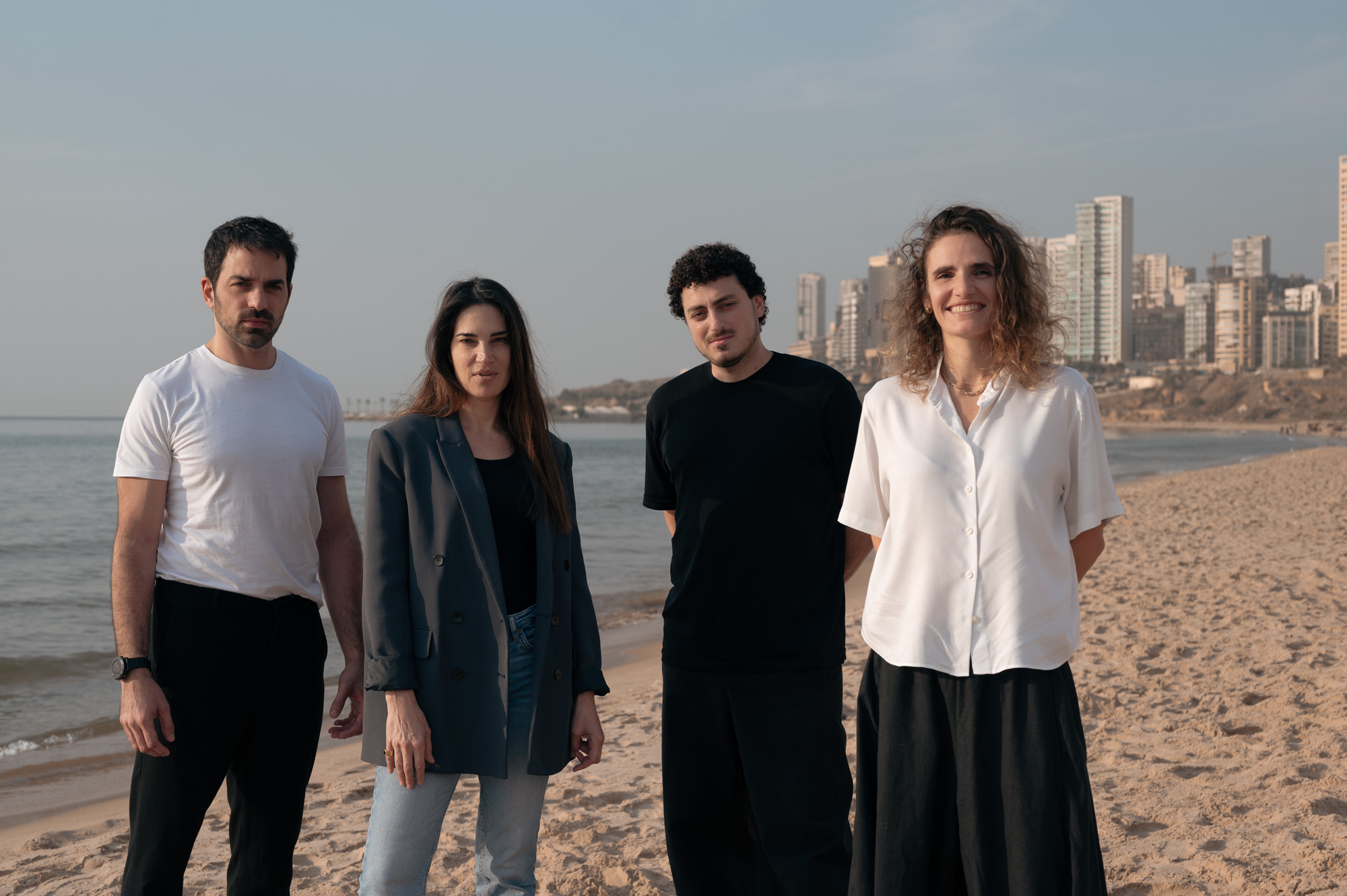 How Beirut's emerging designers tell a story of resilience in creativity
How Beirut's emerging designers tell a story of resilience in creativityThe second in our Design Cities series, Beirut is a model of resourcefulness and adaptability: we look at how the layered history of the city is reflected in its designers' output
-
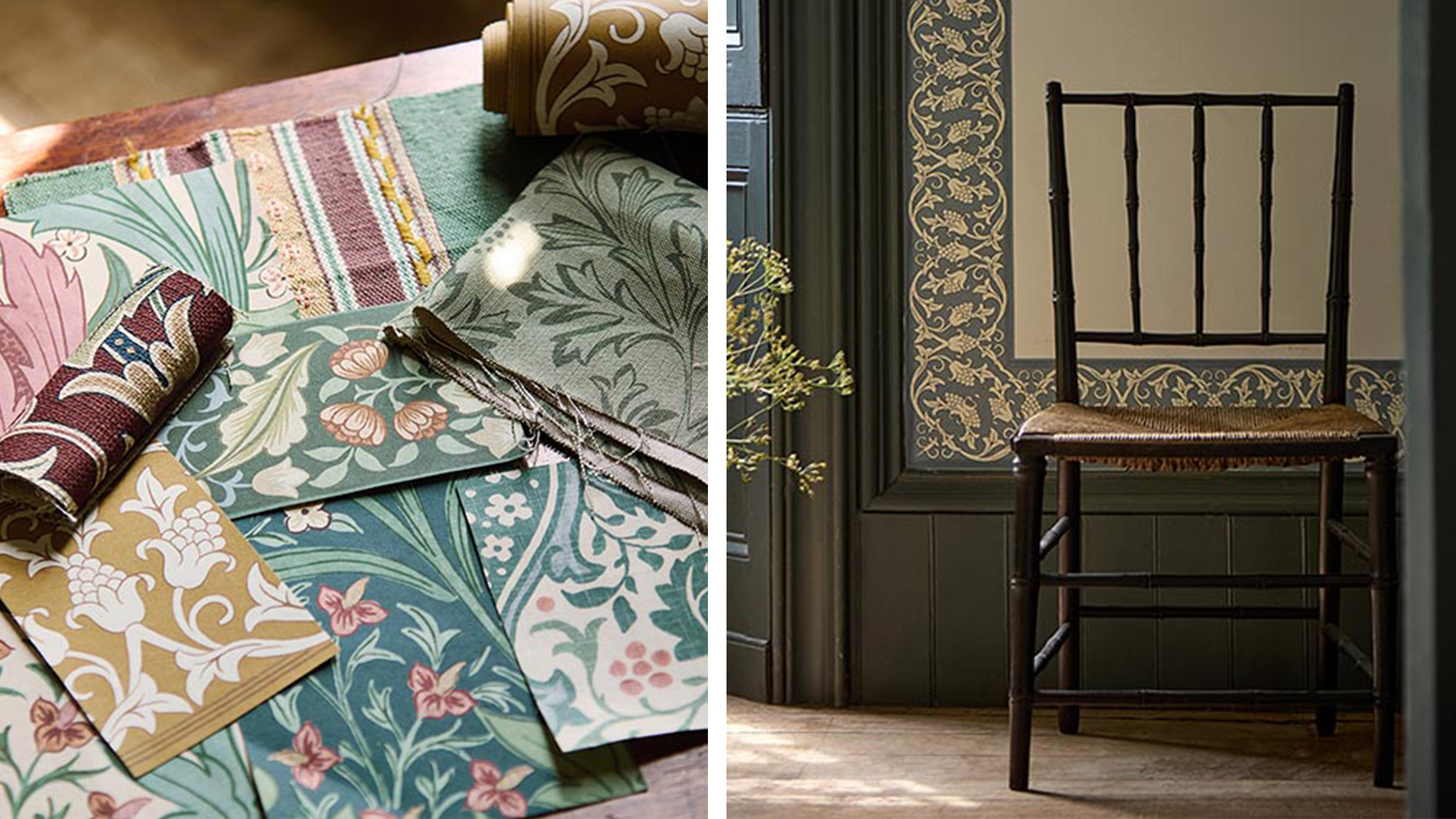 Lost William Morris designs are being revived and completed for a new collection
Lost William Morris designs are being revived and completed for a new collectionWhen The Huntington in California discovered incomplete William Morris designs in its archive, the museum partnered with Morris & Co. to bring the them to life in 'The Unfinished Works'
-
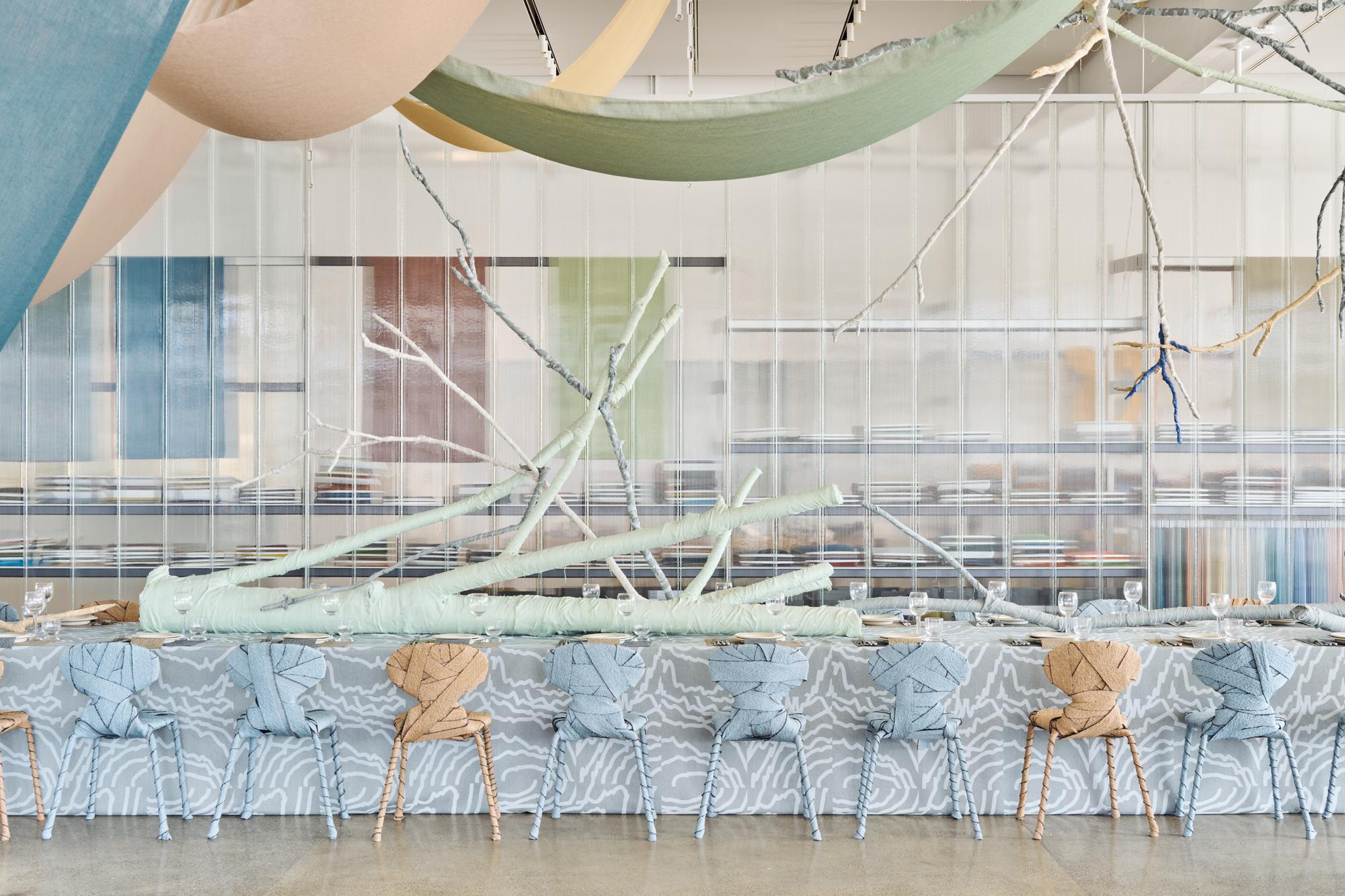 Patricia Urquiola’s immersive Kvadrat textile forest is inspired by the Nordic landscape
Patricia Urquiola’s immersive Kvadrat textile forest is inspired by the Nordic landscapeDuring Chart 2025, Patricia Urquiola and Danish designers Tableau team up to present a textile installation showcasing Kvadrat’s nature-inspired new collection
-
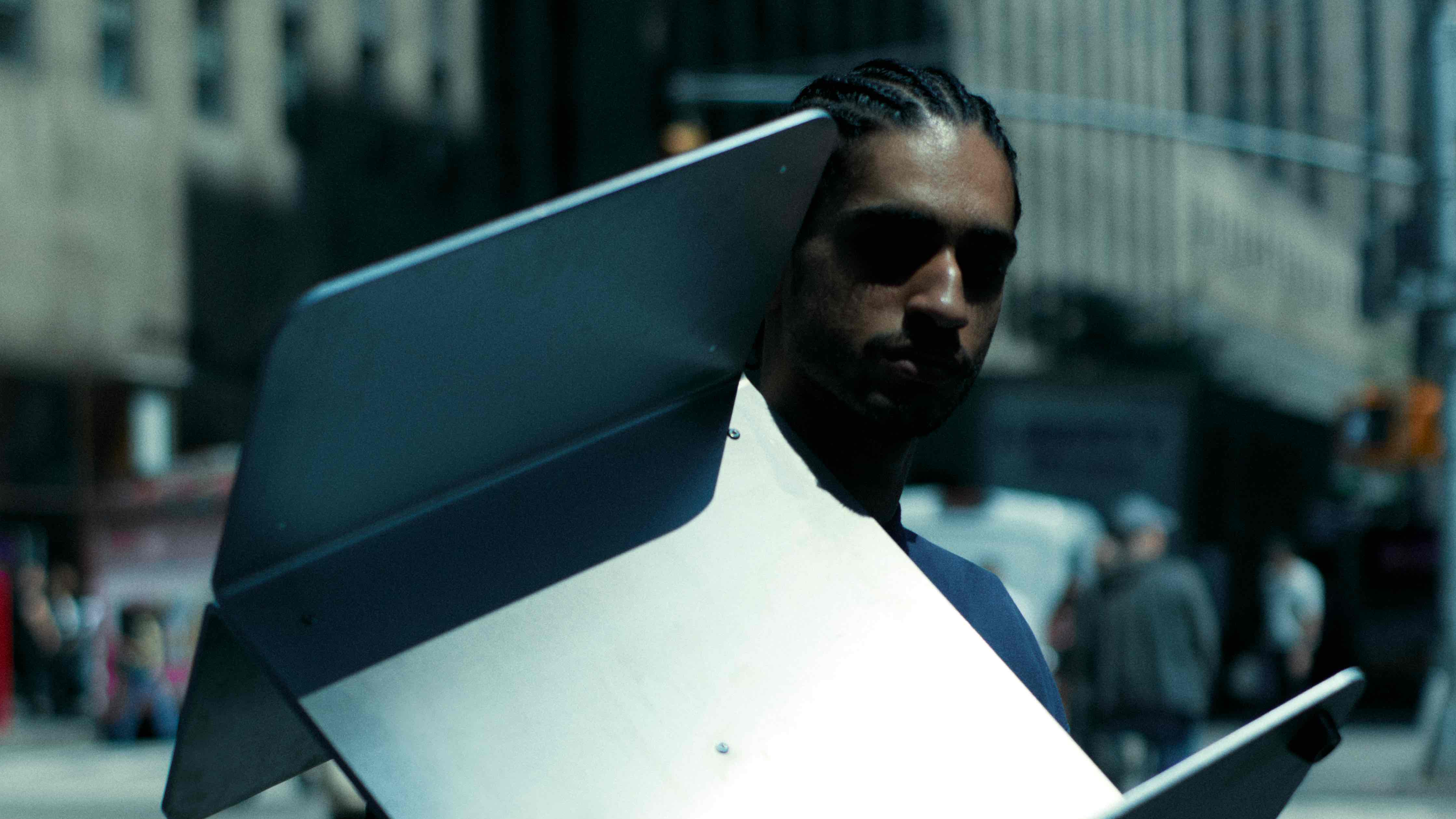 Meet Goodesign, the modular furniture studio with big dreams
Meet Goodesign, the modular furniture studio with big dreamsWallpaper* speaks to Emmanuel Popoteur, the self-taught designer behind New York’s Goodesign, a studio creating intuitive, adaptable furniture for modern living
-
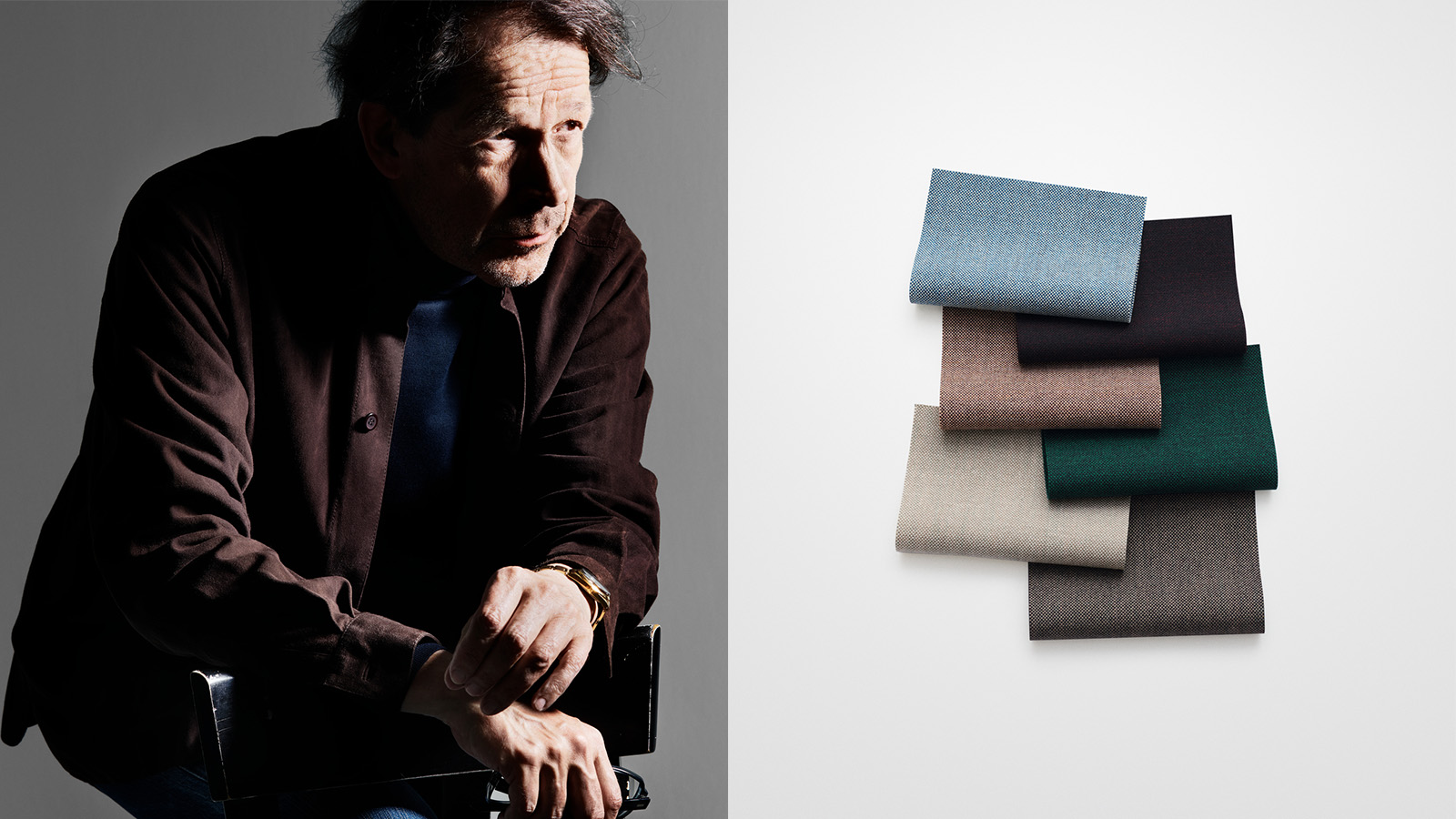 Kvadrat’s new ‘holy grail’ product by Peter Saville is inspired by spray-painted sheep
Kvadrat’s new ‘holy grail’ product by Peter Saville is inspired by spray-painted sheepThe new ‘Technicolour’ textile range celebrates Britain's craftsmanship, colourful sheep, and drizzly weather – and its designer would love it on a sofa
-
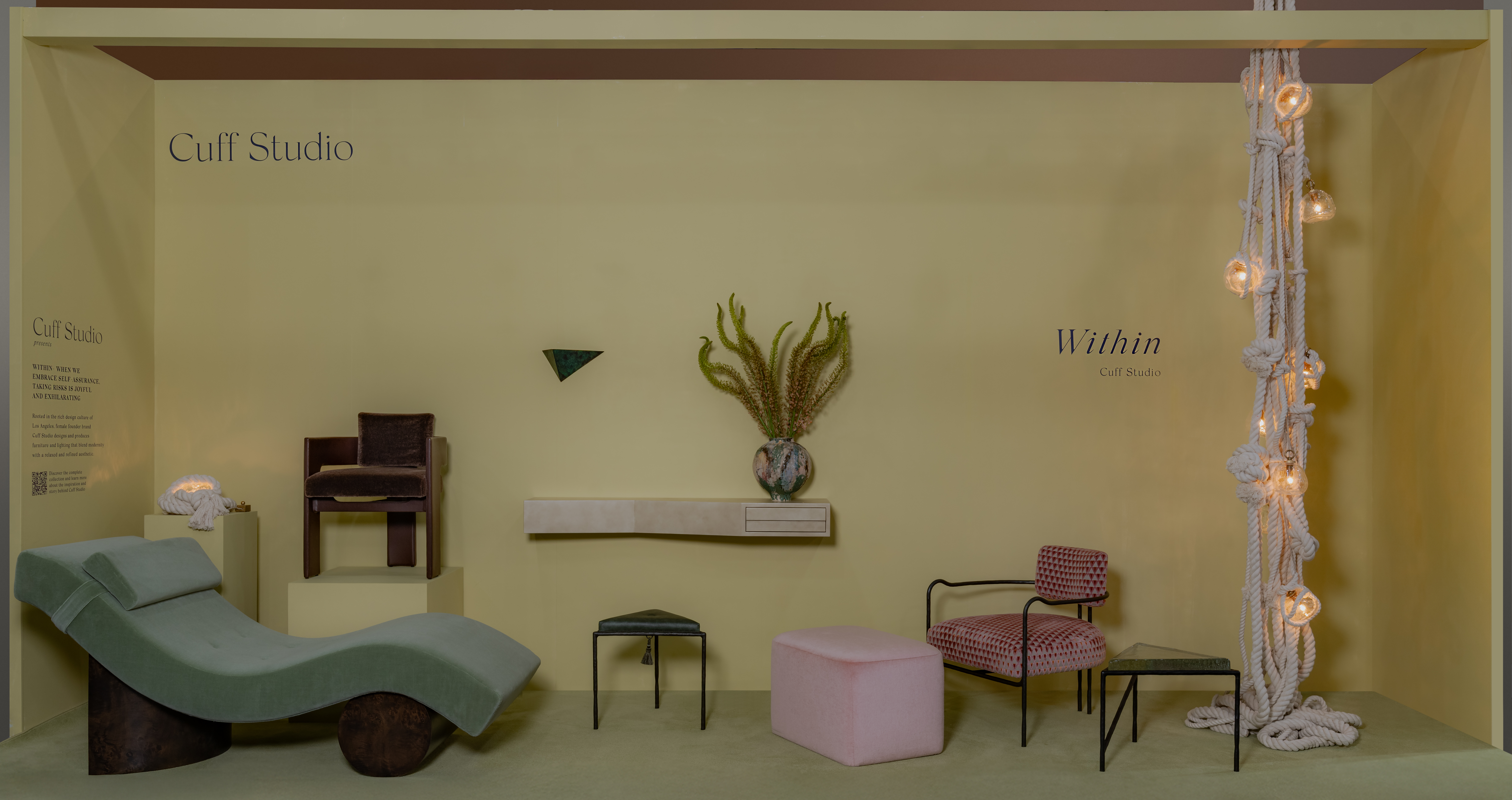 Five things we loved at ICFF this year
Five things we loved at ICFF this yearFrom ceramic sconces to inflatables, here's the furniture and lighting that caught our eye
-
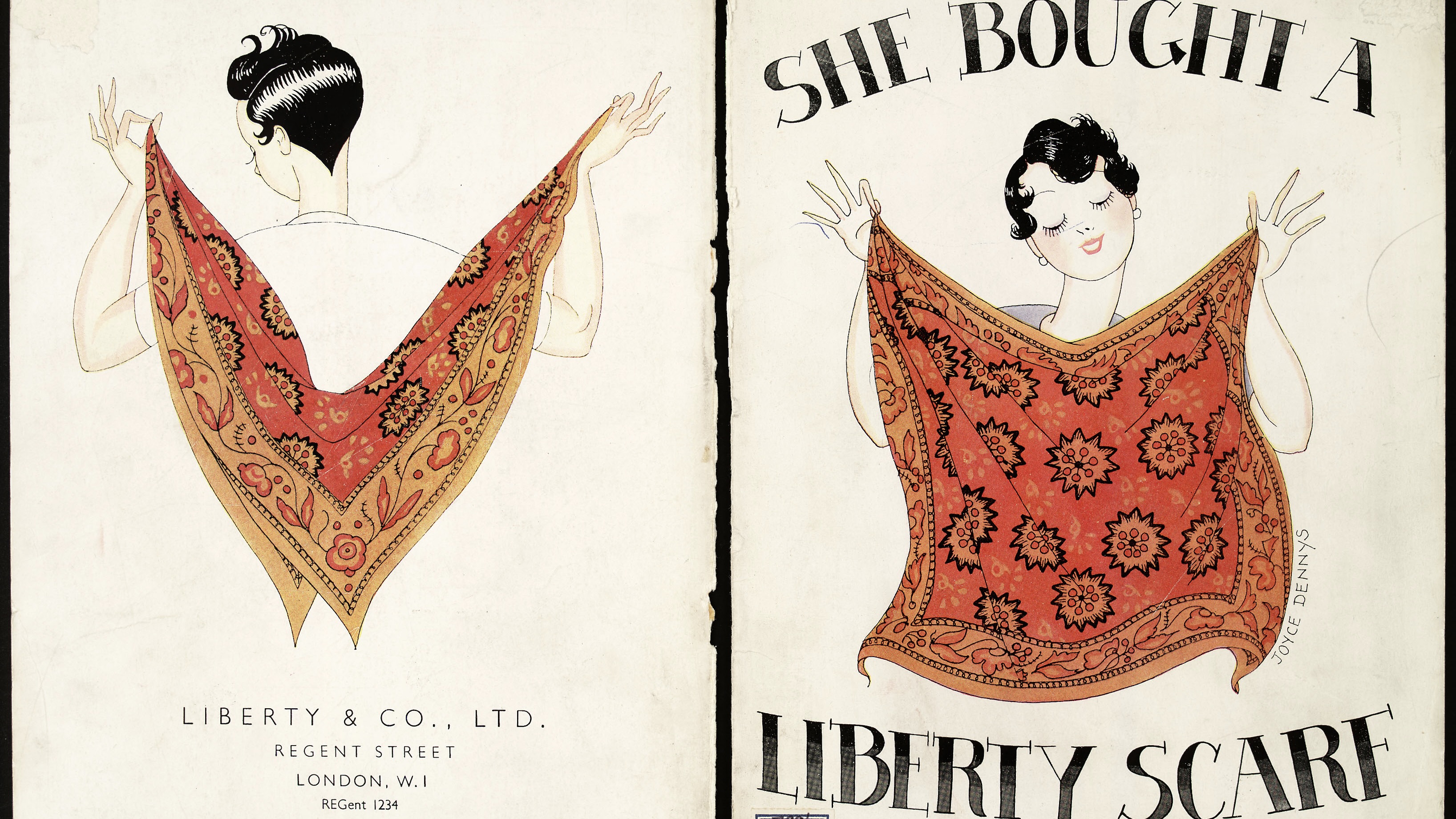 Liberty at 150: a history of the brand in 10 objects
Liberty at 150: a history of the brand in 10 objectsLiberty is marking its 150th anniversary; to celebrate, we remember products and prints that helped make the department store the cultural touchpoint it is today
-
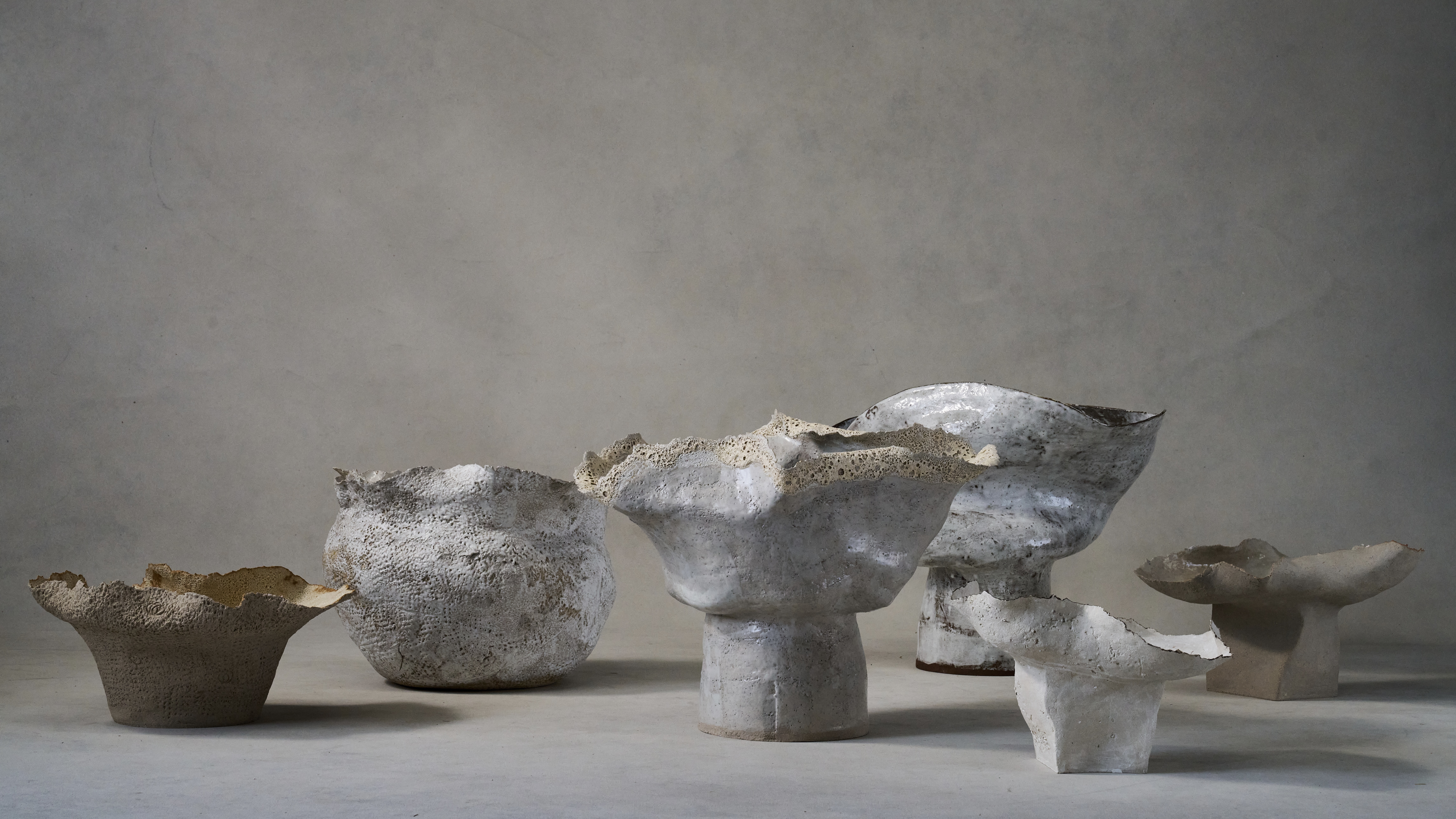 Ludmilla Balkis’ organic, earthy ceramics embody the Basque countryside
Ludmilla Balkis’ organic, earthy ceramics embody the Basque countrysideThe sculptor-ceramicist presents a series inspired by and created from found natural objects in a New York exhibition
-
 Designer Danny Kaplan’s Manhattan showroom is also his apartment: the live-work space reimagined
Designer Danny Kaplan’s Manhattan showroom is also his apartment: the live-work space reimaginedDanny Kaplan’s Manhattan apartment is an extension of his new showroom, itself laid out like a home; he invites us in, including a first look at his private quarters